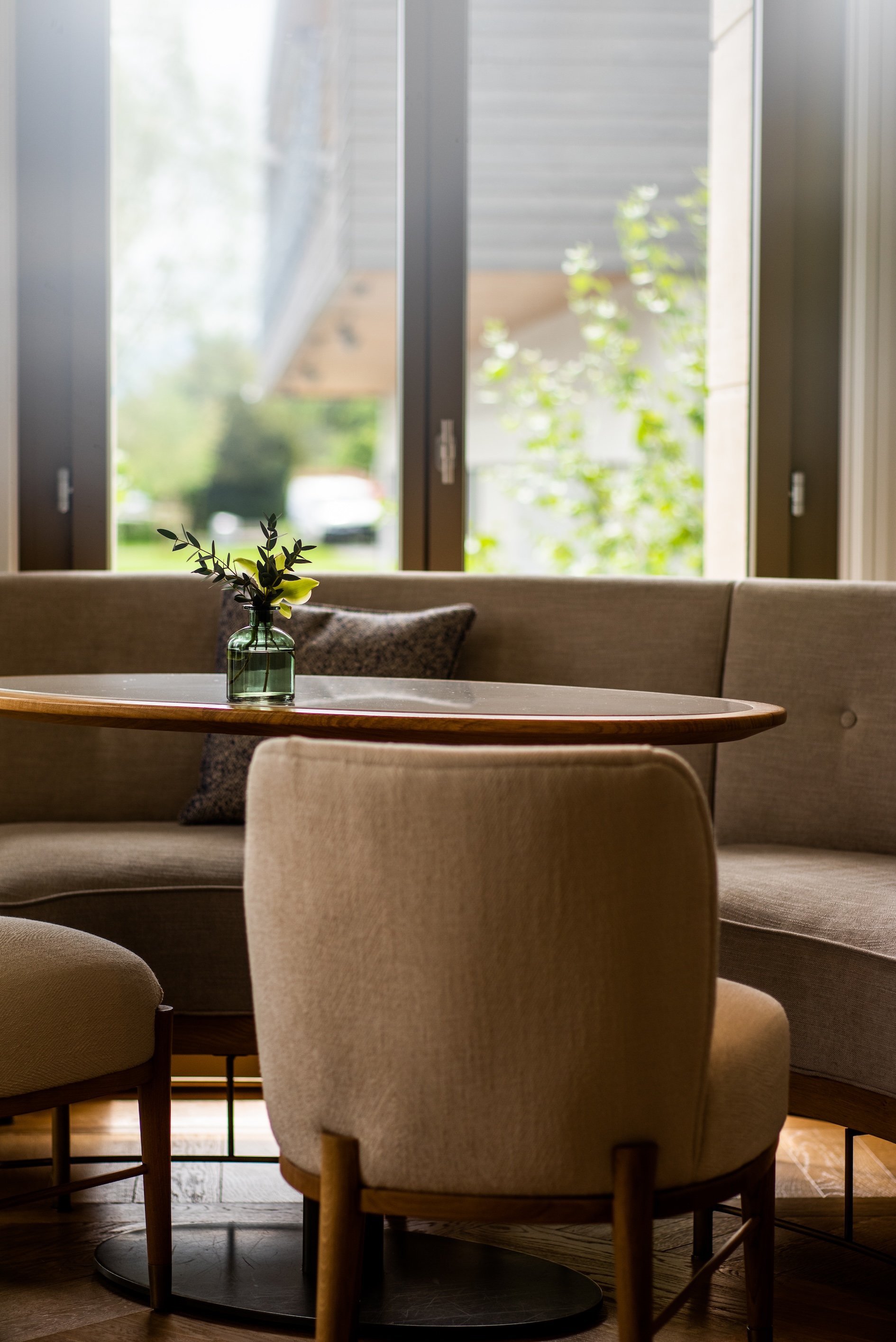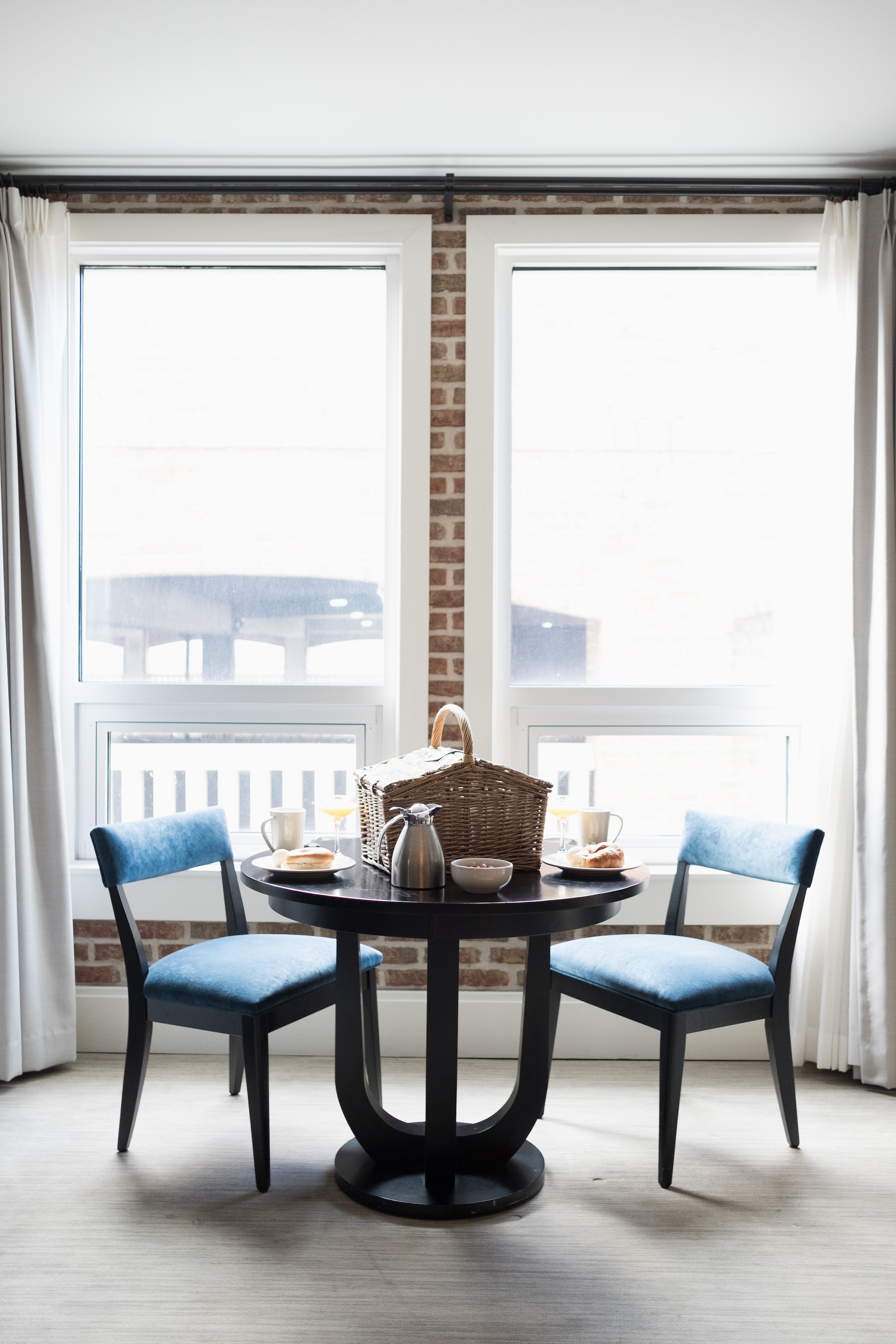When it comes to home improvements, few upgrades strike the perfect balance between comfort, efficiency, and long-term savings quite like triple-glazed windows. For years, double glazing has been the standard across the UK, but as energy bills rise and sustainability becomes more than just a buzzword, homeowners are increasingly looking towards triple glazing as the superior option. But what exactly are triple-glazed windows, how much do they cost, and why are they considered better than other alternatives?
What Are Triple-Glazed Windows?
As the name suggests, triple-glazed windows are made up of three panes of glass, with two insulating cavities between them. These cavities are usually filled with an inert gas such as argon, krypton, or xenon, which significantly reduces heat transfer. The frames are typically made from uPVC, aluminium, or timber, all designed to complement the advanced insulation of the glass itself.
How Much Do Triple-Glazed Windows Cost in the UK?
The cost of triple glazing varies depending on factors such as window size, style, frame material, and the installer. On average:
-
Per window: Expect to pay between £400 and £600 for a standard-sized triple-glazed casement window.
-
Whole house installation: A typical three-bedroom semi-detached house could cost between £7,000 and £15,000, depending on the number of windows and level of customisation.
-
Comparison with double glazing: Triple glazing is generally 10–20% more expensive than double glazing, but the long-term benefits often outweigh the initial investment.
While the upfront price may seem steep, triple-glazed windows can increase property value, reduce energy bills, and eliminate the need for frequent replacements, making them a financially sound choice in the long run.
Why Triple Glazing Is Better Than Other Windows
Superior Energy Efficiency
Triple glazing dramatically reduces heat loss compared with both single and double glazing. With U-values (a measure of heat transfer) as low as 0.8 W/m²K, triple glazing offers nearly twice the insulation of standard double glazing. This means your home stays warmer in winter and cooler in summer, reducing reliance on heating and air conditioning.
Lower Energy Bills
Better insulation equals less heat escaping through the windows. Households with triple glazing can save hundreds of pounds per year on energy bills, depending on property size and heating usage.
Enhanced Noise Reduction
If you live near a busy road, airport, or noisy neighbourhood, triple-glazed windows provide far greater soundproofing than double glazing. The additional pane and thicker glass layers can cut noise levels by up to 35 decibels, creating a noticeably quieter indoor environment.
Increased Security
With three panes of reinforced glass and more robust frames, triple glazing offers greater resistance to break-ins compared with single or double glazing. Many modern designs also come with multi-point locking systems for added peace of mind.
Reduced Condensation
Condensation on windows can lead to mould growth and damp issues. Triple glazing significantly reduces condensation thanks to its warmer internal pane, maintaining a healthier living space.
Sustainability and Environmental Impact
By lowering your energy consumption, triple glazing reduces your household’s carbon footprint. For eco-conscious homeowners, it’s a practical way to contribute to a greener future without compromising on comfort.
Long-Term Value
Though the initial outlay is higher, triple glazing can increase property value, appeal to energy-conscious buyers, and deliver long-term financial benefits through savings and durability.
Is It Worth Upgrading from Double Glazing?
If you already have modern, high-quality double-glazed windows, the leap to triple glazing may not drastically reduce your bills. However, if your double glazing is outdated, poorly installed, or if you live in a particularly cold or noisy area, the benefits of upgrading to triple glazing are significant.
Triple-glazed windows are more than just a trend; they’re the future of energy-efficient living. While the cost is higher than standard options, the payoff in comfort, energy savings, and long-term property value makes them a worthwhile investment. Whether you’re building a new home or upgrading an existing property, triple glazing is an intelligent choice that combines modern technology with practical benefits.
After all, why settle for less when you can enjoy a warmer, quieter, and more sustainable home?




